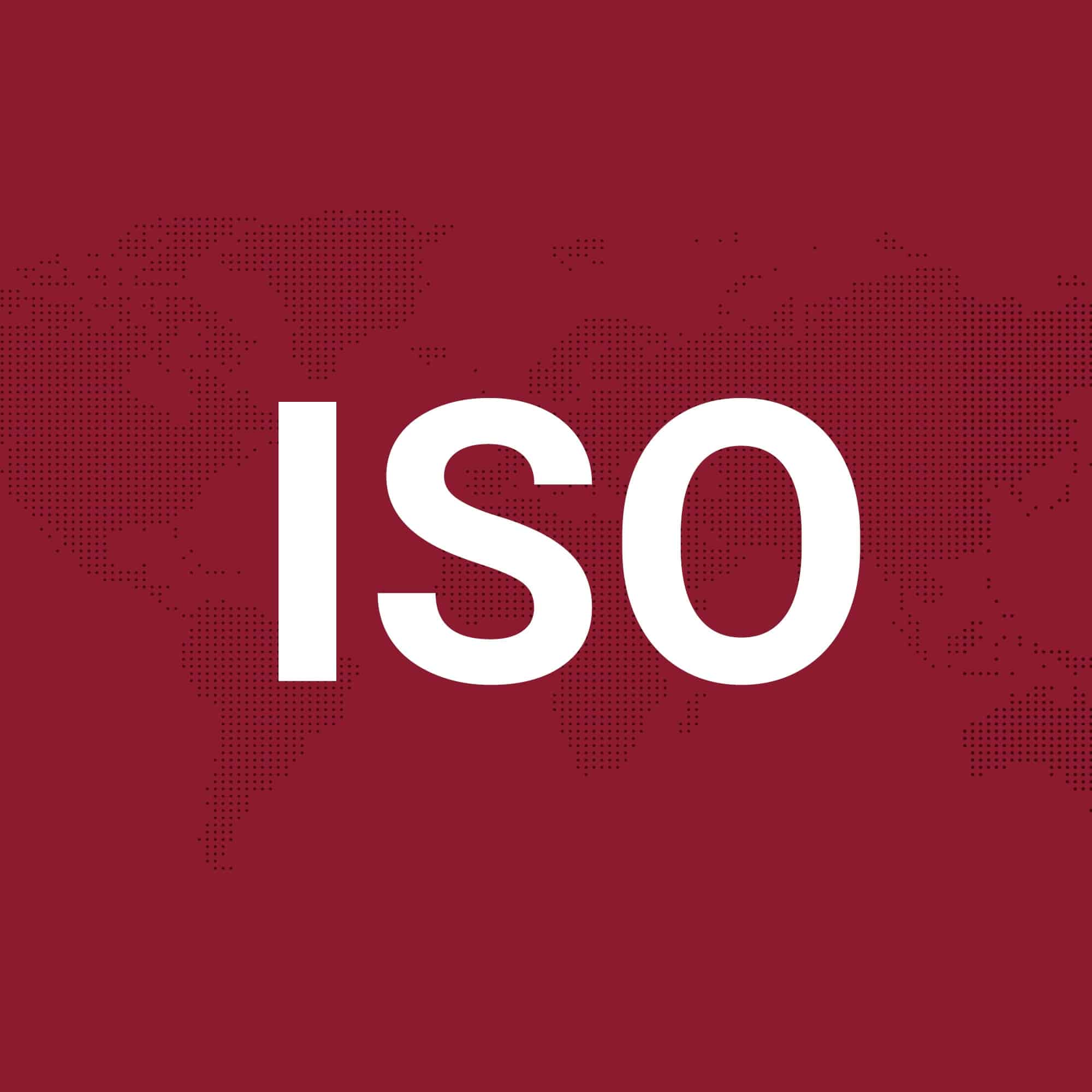ISO 3126 specifies methods and equipment for measuring the dimensions of plastic pipes and fittings, including diameter, wall thickness, and length. It applies to various plastic materials, ensuring accurate, repeatable results for manufacturing, quality control, and compliance with other pipe system standards.

About the standard
ISO 3126 is an internationally recognized standard that defines the methods and equipment used to measure the dimensions of plastic pipes and fittings. Its primary purpose is to ensure that products used in piping systems have consistent, reliable, and repeatable measurements such as diameter, wall thickness, and overall length. The standard applies to both thermoplastic and thermosetting plastic materials regardless of their intended use, providing a common reference for manufacturers, testing laboratories, and end users. By specifying precise measuring techniques and equipment calibration requirements, ISO 3126 helps support product interchangeability and compliance with other relevant pipe standards.
Scope and importance
ISO 3126 covers instrument requirements, measuring conditions, and procedures for checking external diameter, wall thickness, and length. The standard also addresses the rounding of measurement results and tolerance evaluation, which allows for reproducible and internationally accepted quality checks. These methods are crucial for achieving the performance and safety levels specified in end-use standards, and for quality assurance in manufacturing. The requirements are relevant throughout the entire process chain, from production to laboratory verification and third-party inspection.
Applications in industry
Companies in the plastic pipe sector rely on ISO 3126 to validate that their products meet the specification criteria of system standards such as ISO 4427 (for PE pipes) or ISO 1452 (for PVC pipes). Accurate dimensional conformity is fundamental for jointing reliability, flow capacity, and long-term performance of piping systems, making the use of ISO 3126 an essential part of quality management in the industry.
Takeaway
ISO 3126 provides clear, uniform procedures for dimension checking of plastic pipes and fittings, helping ensure product consistency and compliance across different applications and regions.
Instrument calibration and preparation
Before performing any measurements according to ISO 3126, ensure all instruments such as vernier calipers, micrometers, or wall thickness gauges are properly calibrated. Environmental conditions should be in accordance with the specified standards, typically 23 ±2°C for temperature, and samples should be conditioned as required. Prepare the pipe or fitting by cleaning the surfaces and ensuring that no foreign materials or deformation affect the measurement results.
Carrying out the measurement
ISO 3126 specifies how to measure the key dimensions: external diameter, wall thickness, and length. Measurements should be performed at predetermined locations around the specimen, in multiple directions for roundness and uniformity, using the indicated tools.
Documenting and interpreting results
Record each measurement, rounding values as prescribed in ISO 3126. Compare results to the tolerances specified in the relevant product standard. Evaluate any out-of-spec readings for process or material nonconformance. Measurements should be recorded and reported in a way that allows traceability and comparison, as outlined in the standard’s requirements for documentation and results handling.
Ensuring accuracy and repeatability
Consistent results rely on correct equipment use, specimen preparation, and strict adherence to the procedure outlined in ISO 3126. Repeat measurements, if required, and cross-verify doubtful results with a second operator or alternative instrument for confirmation. Ensure that any deviations are identified and addressed in production or testing processes.
Reporting and traceability
Complete the process by compiling a measurement report consistent with ISO 3126 and the relevant product standard. Include all relevant instrument details, environmental conditions, measured dimensions, and tolerances. This documentation helps support traceability in both production quality assurance and in case of external inspections or audits, confirming compliance with the dimensional requirements of the specified application.
Summary
Measurement to ISO 3126 involves preparation, careful execution of tasks, and detailed documentation. Following each step ensures reliable results and supports consistent product quality in plastic piping manufacture.
We are at your disposal for any questions, comments and suggestions. We look forward to hearing from you.
Feel free to contact us using the contact form below.
We strive to answer all inquiries within 24 hours (on working days).